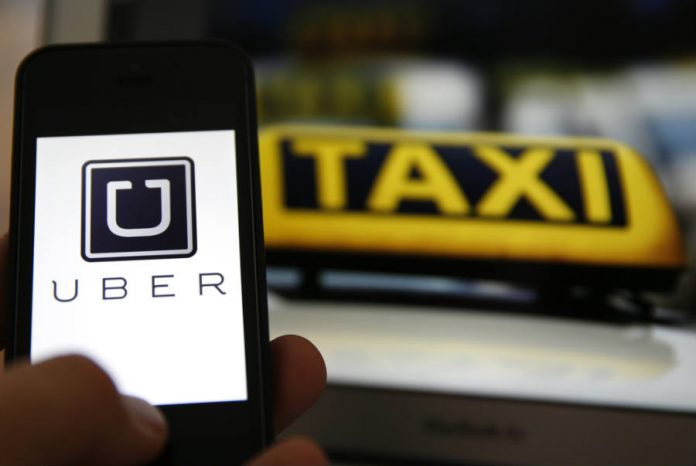
What is Real-Time ID Check and how does it work?
U.S. – Uber is rolling out a new security measure in the U.S. to make sure clients get the driver they are promised. It is a rather simple software, a selfie system designed to help prevent driver fraud, so passengers can count on an official employee to pick them up.
Uber called the security app “Real-Time ID Check.” The feature uses Microsoft Cognitive Services, a group of machine-learning APIs that offer a range of services, like detecting a human face and a person’s emotions.
Drivers are asked to take a selfie with their Uber driver app before they can accept fares. Microsoft APIs will compare the selfie with the company’s file, and if the pic does not match the profile, their account will lock down and prompt Uber to investigate.

Why is Uber launching the new app?
The program will launch countrywide over time to protect both drivers and passengers. Real-Time ID Check would prevent frauds and protect the driver’s accounts. It would also protect riders by adding another layer of accountability to the transportation service.
On Uber’s newsroom, the enterprise explained they took the measure to increase their security measures and reduce risk.
“During our pilot of Real-Time ID Check over the past few months, the majority of mismatches were due to unclear profile photos. Moreover, more than 99% of drivers were ultimately verified. Given that verifications only take a few seconds to complete, this feature proactively and efficiently builds more security into the app,” reads the article.
Uber “Ghost drivers” became a problem in China
Every driver must go through backgrounds checks by Uber and now, through the Uber app, riders can check their identities and avoid things like the “ghost driver” phenomenon in China.
Lately, passengers using the service in some China’s major cities have reported seeing their request picked up by drivers with strange photos. According to Chinese news portal Sixth Tone, the point of the ghostly pictures is to scare passenger, so they cancel the trip.
Each time a client cancels a trip, he has to pay a fine – less than a dollar – that goes to the driver. There is other even more ingenious practice: the “ghost rides,” where the riders accept a hail and then start the trip without the passenger and charge them between 8 and 15 yuan (about 1 or 2 dollars) for a short ride that never happened.
As for drivers, they will have to go through a verification process – with the selfie – each time they log into the app. The company assures the measure will avoid identity thefts.
Source: Uber










